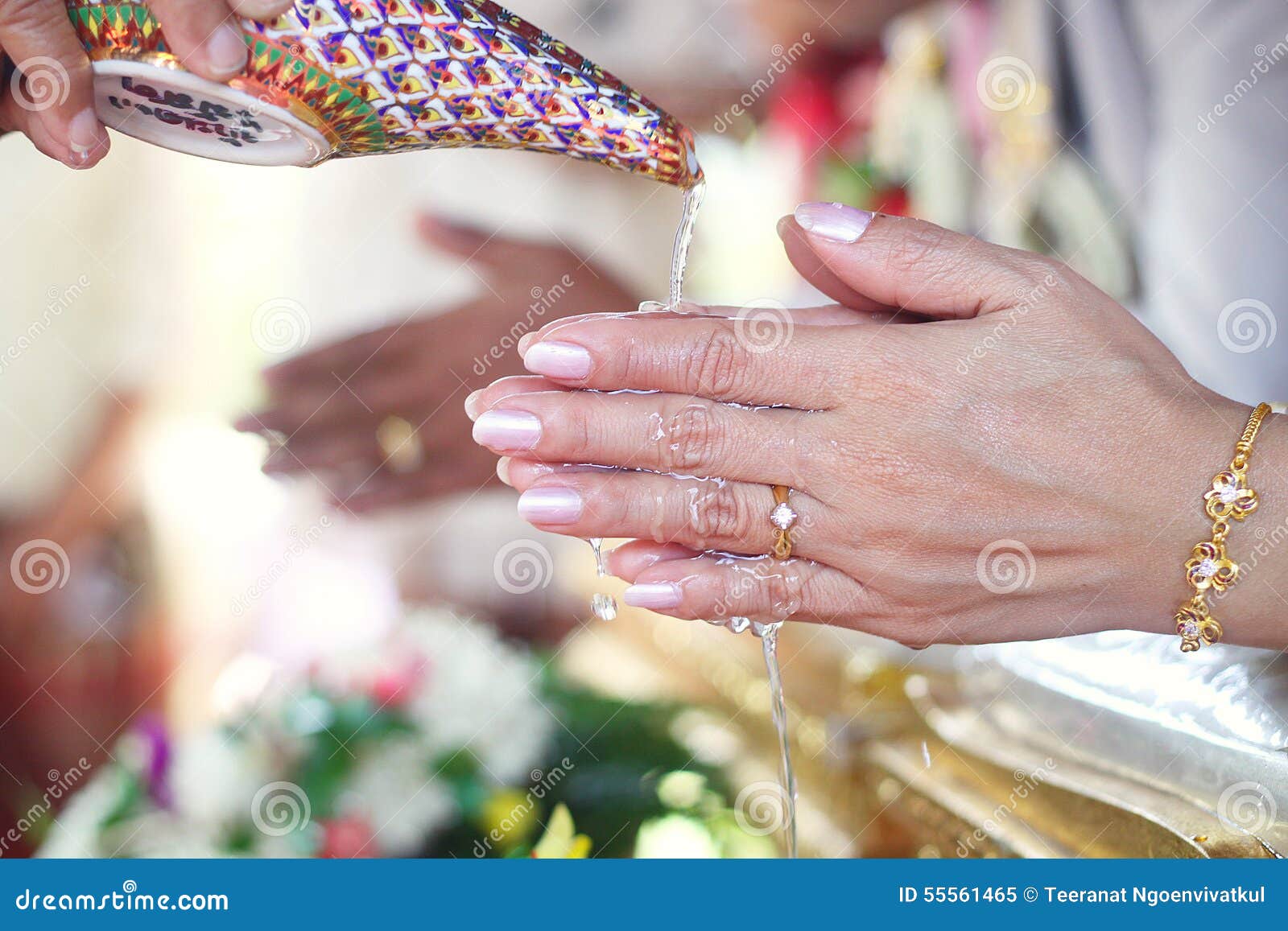

In the twentieth century, the orans posture experienced a revival as a result of its widespread use within Pentecostalism and Charismatic Christianity. In the Catholic Mass, it occurs at the orations, the Canon, and the Lord's Prayer. It continued to be used at certain points in the liturgies of the Catholic and Orthodox Churches.

By the twelfth century, however, the joining of hands began to replace the orans posture as the preferred position for prayer. Until the ninth century, the posture was sometimes adopted by entire congregations while celebrating the Eucharist. Christians saw the position as representing the posture of Christ on the Cross therefore, it was the favorite of early Christians. The orans posture was practiced by both pagans and Jews before it was adopted by the earliest Christians. In modern times, the orans position is still preserved within parts of the Catholic, Orthodox, Anglican and Lutheran liturgies, Pentecostal and charismatic worship, and the ascetical practices of some religious groups. It was common in early Christianity and can frequently be seen in early Christian art. Orans, a loanword from Medieval Latin ōrāns translated as one who is praying or pleading, also orant or orante, is a posture or bodily attitude of prayer, usually standing, with the elbows close to the sides of the body and with the hands outstretched sideways, palms up. Even in modern times Catholic priests sing the Our Father at Mass while in this standing position. One commonly known position for praying dating back to antiquity is the Orans. Sing and make music from your heart to the Lord” (Ephesians 5:19).

“Speaking to one another with psalms, hymns, and songs from the Spirit. There are several biblical passages about singing in the Scriptures, but the physical position taken while singing is conspicuously missing.

Standing in itself is a very very ancient practice while praying. If you want to know about ”thee” most “traditional and historical position” to pray in, then I believe that it is the orans posture. With Folded Hands, An Introduction to Prayer Positions The organs pose, with arms outstretched and palms up, is a third gesture that really only works in the standing position. These can be used whether one is kneeling, sitting or standing. Indeed, an examination of medieval art will show this same gesture being used in an act of homage from a vassal to his lord. When the palms are together and the fingers are straight, it suggests purity and evokes an act of homage. The position that interlaces the fingers suggests a more introspective posture, and possibly a more fervent frame of mind. This term actually refers to two separate positions which are used fairly interchangeably. Most commonly, we “fold” our hands during prayer. I have never heard a single sermon of any denomination making a stance on one position or another. However, in private prayer is a totally different matter. Even this is not an absolute norm anymore.ĭuring Catholic liturgical ceremonies, the praying hands position is the most commonly seen tradition in liturgical usage. Many Christians will clasp their hands together while others will put their hands together as such:įor Catholics, the above image is more a “liturgical gesture” and is often seen amongst altar servers and priests at mass. Should hands be folded or clasped together when praying? What's the difference and does it matter?


 0 kommentar(er)
0 kommentar(er)
